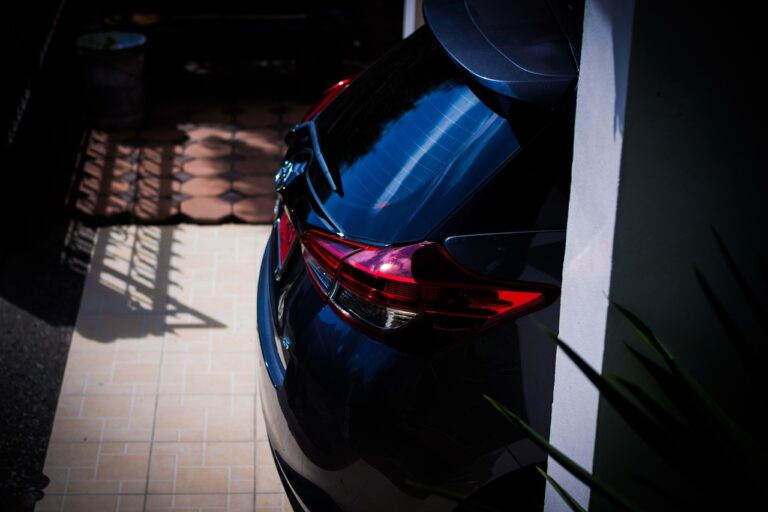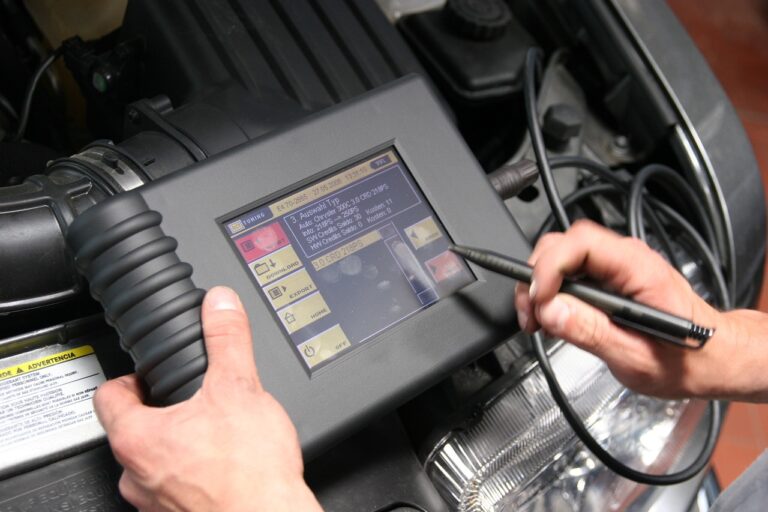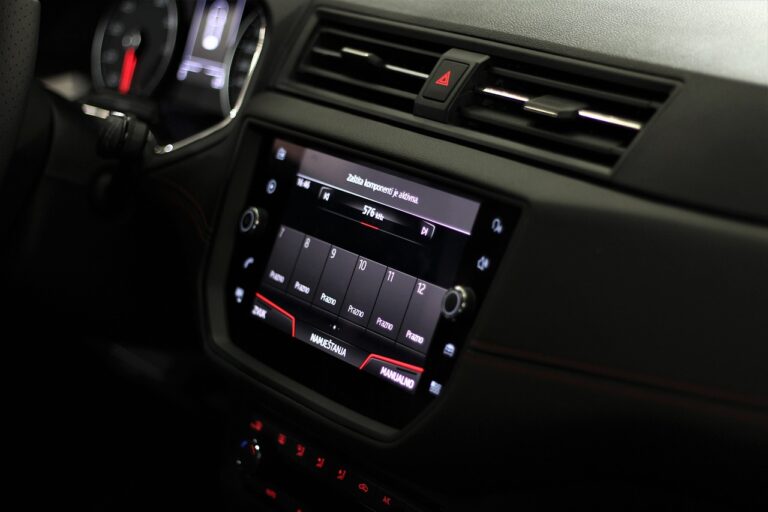The Environmental Impact of Car Paint Production
Car paint production involves several key steps that are meticulously followed to ensure high-quality finishes on vehicles. The initial stage typically involves mixing different resins, pigments, and solvents in precise quantities to form the base coat. This mixture is then thoroughly blended to achieve a uniform consistency before being subjected to stringent quality control checks.
Once the base coat is ready, it is then applied to the surface of the vehicle using advanced automated spray systems or manual techniques, depending on the manufacturer’s preferences. The application process requires skilled technicians to ensure an even and smooth finish across the entire surface. Following the application of the base coat, the painted vehicle undergoes curing processes to promote adhesion and durability of the paint, resulting in a glossy and protective finish.
Chemicals Used in Car Paint Production
Car paint production involves a variety of chemicals that play crucial roles in achieving the desired color, texture, and durability of the final product. Pigments are essential components that provide color and opacity to the paint. These finely ground particles are dispersed in the paint to create the desired hue, whether it’s a vibrant red or a metallic silver.
Solvents are another key chemical used in car paint production. These liquids are added to the paint formulation to dissolve other components and help achieve the desired consistency. They evaporate during the drying process, leaving behind a smooth and evenly coated surface. Additionally, resins are used to bind the pigment particles together and adhere them to the car’s surface, ensuring long-lasting protection and a glossy finish.
Energy Consumption in Car Paint Production
Energy consumption is a crucial aspect of car paint production, playing a significant role in determining the overall efficiency of the manufacturing process. The energy required in the production of car paint is mainly used for heating, mixing, drying, and curing the paint. These processes demand a considerable amount of energy to ensure that the paint is applied effectively to the vehicles.
Furthermore, the type of equipment used in the production process also influences the energy consumption levels. Modern technologies and advanced equipment have been designed to minimize energy waste and optimize efficiency. Implementing energy-efficient practices can not only reduce production costs but also lessen the environmental impact of car paint production on the planet.





